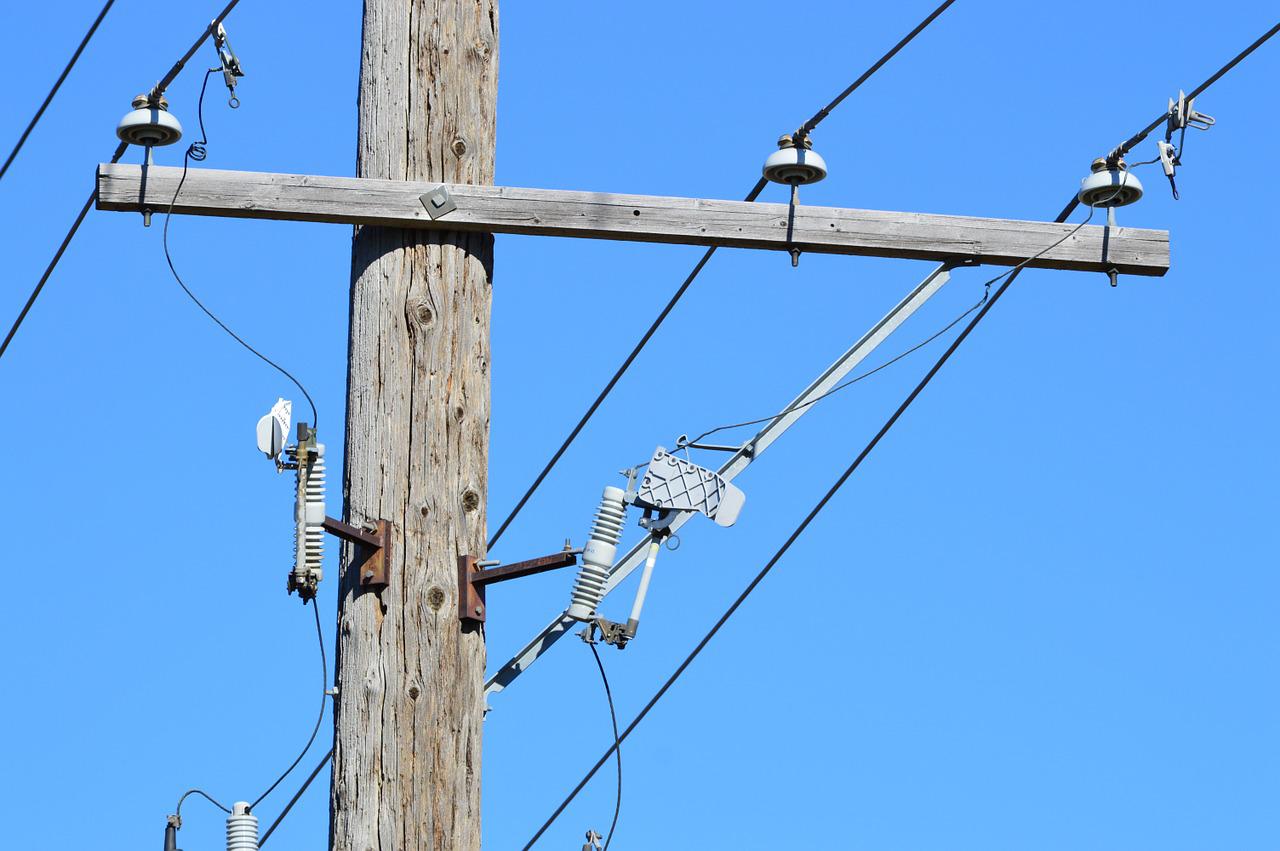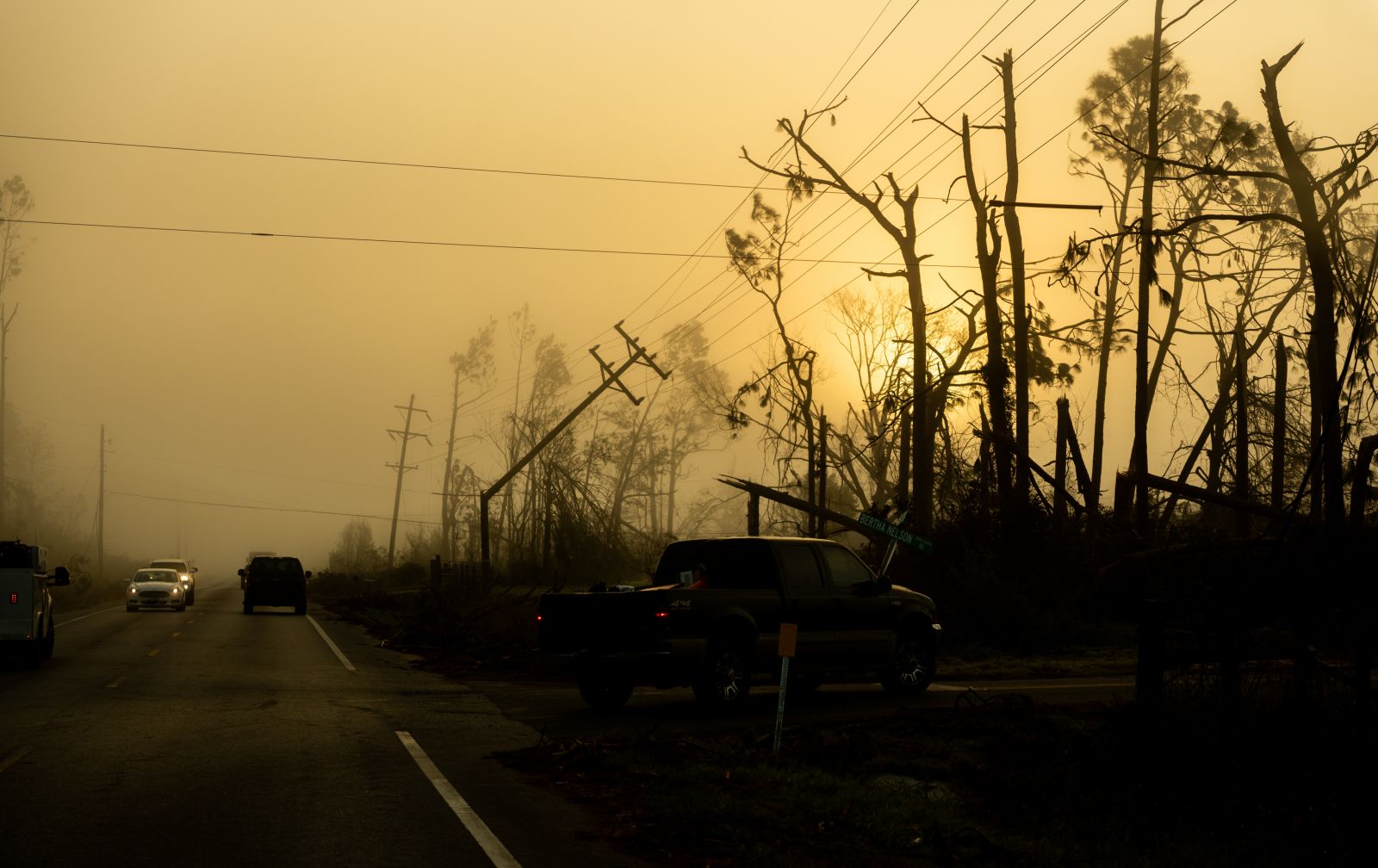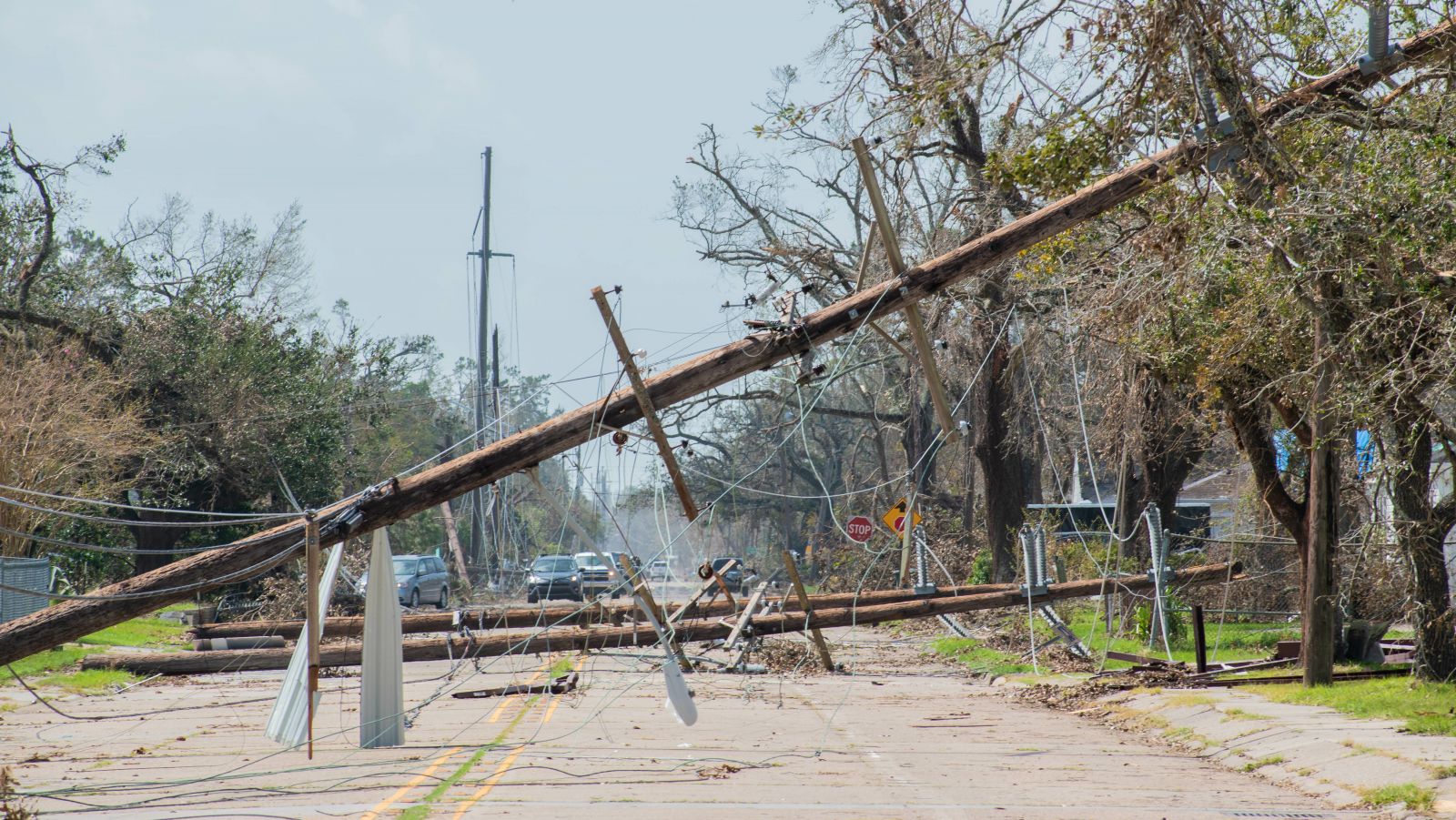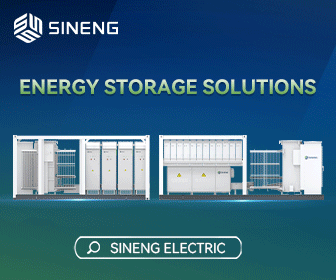Power Outages, Resilience & Energy Storage Safety & transparency in battery energy storage systems (BESS): UL 9540A & 9540
 The Department of Energy estimates that centralized, top-down utility power outages cost U.S. businesses approximately $150 billion in direct losses annually. Indirect losses make the cost much higher. As a Berkeley Lab study highlighted across 6 states, state officials and utility executives characteristically neglect to calculate the social and economic costs of longer and more frequent power outages arising from indirect impacts, such as school closings, food spoilage, supply chain disruptions, and deleterious health outcomes. The U.S. now has more power outages than any other industrialized nation, with the number of annual outages doubling from 50 to more than 100 over the past 5 years. Significantly, both the frequency and duration of grid failures is at the highest level since 2013, as extreme weather events ravage antiquated and ill-maintained utility infrastructure. While 40 states are currently experiencing longer grid outages, California, Louisiana, and Maine are at the forefront, with a greater than 50 percent increase in power outage duration.
The Department of Energy estimates that centralized, top-down utility power outages cost U.S. businesses approximately $150 billion in direct losses annually. Indirect losses make the cost much higher. As a Berkeley Lab study highlighted across 6 states, state officials and utility executives characteristically neglect to calculate the social and economic costs of longer and more frequent power outages arising from indirect impacts, such as school closings, food spoilage, supply chain disruptions, and deleterious health outcomes. The U.S. now has more power outages than any other industrialized nation, with the number of annual outages doubling from 50 to more than 100 over the past 5 years. Significantly, both the frequency and duration of grid failures is at the highest level since 2013, as extreme weather events ravage antiquated and ill-maintained utility infrastructure. While 40 states are currently experiencing longer grid outages, California, Louisiana, and Maine are at the forefront, with a greater than 50 percent increase in power outage duration.
Centralized power outages are, in large part, being driven by severe weather and climate disasters. NOAA reports that during 2021, there were 20 different billion-dollar weather and climate disasters in the U.S., costing a total of $152.6 billion in damages. In December, NOAA noted that the temperature of the contiguous 48 states was the warmest on record, measuring 6.7 degrees Fahrenheit above average. As of June 2022, there have already been 9 separate billion-dollar weather and climate disasters in the U.S. Back in April, the White House announced that extreme climate-driven floods, drought, heat waves, wildfires and hurricanes could cost the U.S. federal budget approximately $2 trillion per year by the end of the century. The Office of Management and Budget also projected that the U.S. government could spend an additional $25 billion to $128 billion per year in “areas such as coastal disaster relief, flood insurance, crop insurance, health-care insurance, wildland fire suppression and flooding at federal facilities”.
These mounting numbers are almost too large to comprehend, but clearly suggest that climate driven disasters are increasing in number and severity, eroding our economic wellbeing, destroying property, causing deaths, and undermining our ability to access reliable and safe power 24/7. If utilities and power companies are to make the necessary investments to reduce CO2 and GHG emissions driving climate-driven disasters, increase their portfolio of renewable generation, and ‘harden’ the centralized power grid to withstand mounting hurricanes, heat waves, severe winds, and flooding, they will have to spend trillions of dollars.

A more efficient, timely, and cost-effective solution
Distributed customer-sited, behind the meter battery energy storage systems (BESS) + solar can help solve these issues. All over the U.S., utility customers are choosing to install batteries as back-up, as well as to discharge daily during utility-based high-rate periods, such as Time-Of-Use (TOU), or to participate in demand charge management programs – all of which serve to lower utility bills, prevent losses from power outages and, in aggregate, decrease overall electrical loads on the grid. Without distributed energy storage, renewable sources of energy are intermittent and unreliable. So, too, is the centralized grid in emergency and extreme weather events during which the centralized delivery of power fails. Distributed and customer-sited energy storage eliminates that intermittency, providing stored power when people need it, long after the sun has set, the wind has stopped blowing, or the grid has failed (or been willfully shut off by the utility during PSPS events). Distributed energy storage is critical to creating energy security and resilience in homes, businesses, hospitals, schools, and communities. Energy storage plays a vital role in the transition to a higher percentage of renewables in our energy portfolio, and provides reserves through the worst climatic conditions and weather events.
The 2020s were predicted to be “the energy storage decade”, with the world exceeding a terawatt-hour of installations. While multiple lithium-ion chemistries are being developed and deployed across the energy storage industry, experts arebullish on lithium ferro phosphate (LFP) surpassing cobalt-based lithium-ion alternatives, such as manganese cobalt (NMC). Given the sheer number of significant battery recalls over the past several years due to “thermal events” (in which cobalt-based lithium-ion batteries (NMC & NCA) overheat, catch fire, and even explode) it is no surprise that the non-cobalt based LFP chemistry is being adopted by manufacturers and customers alike. If consumers, Fire Marshals and AHJ’s lose confidence in “lithium-ion” batteries because industry stakeholders characterize them generically as being hazardous and dangerous, the very solution to solve for intermittency, utility failures, and increase our renewable energy portfolio to combat climate change, is severely undermined.
Technology: BESS Installation Codes & Standards
While there are many codes and standards (local, state, federal, and international) that govern the manufacturing, installation, and operation of advanced battery energy storage systems (BESS), the UL 9540 Certification and UL 9540A Fire Safety Testing are paving the way for exponential growth in the adoption and deployment of BESS.
UL 9540 Certification and UL 9540A Fire Safety Test protocols and reports are designed to provide more complete information and performance data to local authorities having jurisdiction (AHJ), so they can make informed decisions about system design, sizing, and permitting approvals. A local AHJ and Fire Department, armed with a UL 9540 Certification and the UL 9540A Fire Safety Test results, can determine that a BESS system meets required safety standards for installation.

What is the UL 9540A Fire-Safety Test Method?
UL 9540A is a series of progressive tests in which the cell, battery module, and larger unit or full installation level components are forced into a state of thermal runaway, using heaters with thermal and gas analysis, to document and characterize the performance profile across different lithium-ion chemistries (LCO, NMC, NCA, LFP) and form factors (pouch, prismatic, cylindrical) used by battery manufacturers. During a test, the equipment being tested is put into safe, controlled environments, where there are “witness boards” that collect shrapnel and other materials if smoke, fire, and/or explosions occur. Test results demonstrate that not all chemistries, form factors, and manufacturing processes provide the same results with an equal level of risk, hazard, and safety.
Why is transparency with UL 9540A test results so important?
Transparency is crucial so customers can make informed decisions about the BESS they are purchasing, and the risk profile that comes along with it. Many manufacturers are choosing the least costly option to develop their technologies and gain market share, which can pose a higher risk profile and price for customers on the back end when a BESS fails.
Not all “lithium-ion” batteries carry the same hazard and risk profile. With more transparency on behalf of manufacturers – identifying publicly the chemistry, form factor, and manufacturing processes behind the energy storage solutions they produce - all stakeholders in the energy storage industry can begin to understand the different risk profiles available across the range of “lithium-ion” chemistries in the market. This type of disclosure will serve to drive innovation and propel the entire energy storage industry forward, which is so critical in the face of mounting climate change, severe weather events, and centralized utility power outages.
Catherine Von Burg is CEO & President at SimpliPhi Power, which manufactures safe, reliable, and affordable energy storage solutions to empower people and communities globally to generate, store, and utilize power on their terms.
SimpliPhi Power | simpliphipower.com
Author: Catherine Von Burg
Volume: 2022 September/October









